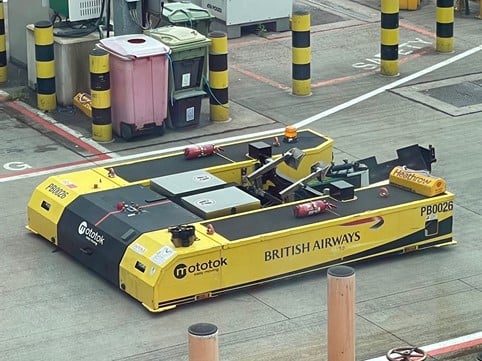
The new telcos: A field guide
Telecoms is too important to leave up to traditional fixed and mobile operators. Thanks to the “democratisation” of shared spectrum, virtualised networks, fibre and cloud – plus the demands of industry, government and local communities – a plethora of new service providers are emerging to fill the gaps. This report is intended as a “spotter’s guide” to the categories of network owners and operators.

